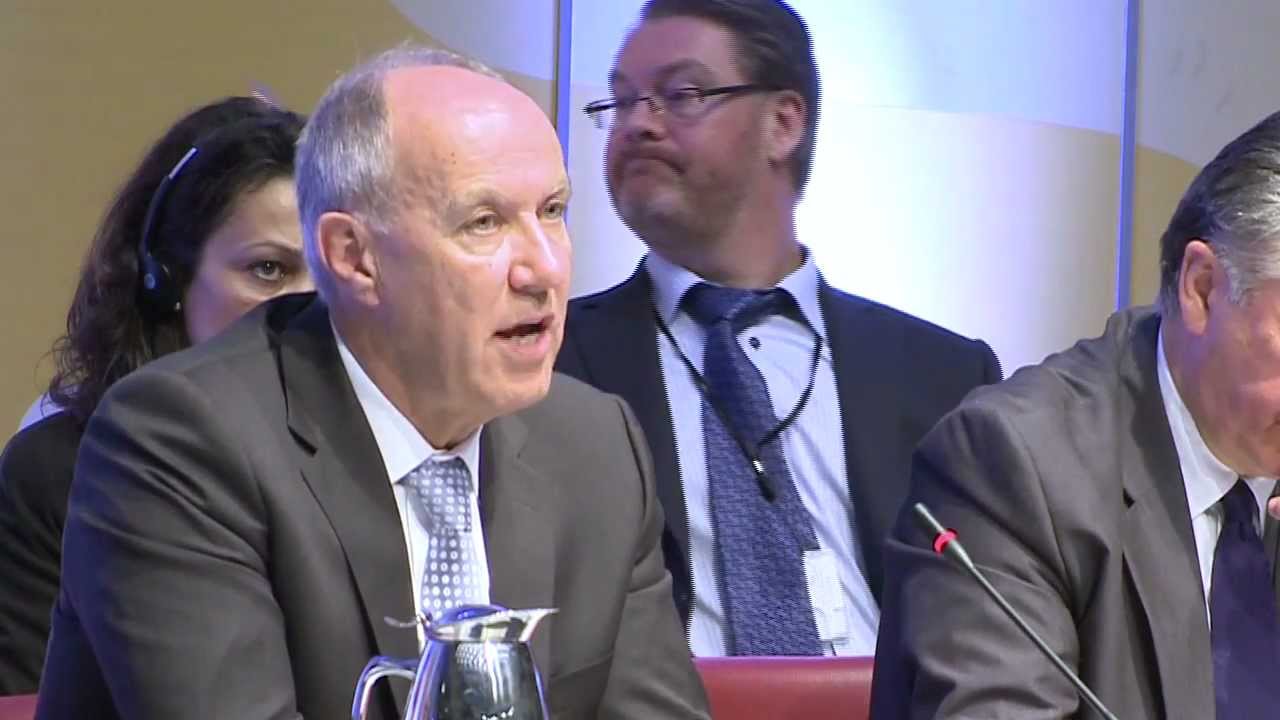WIPO UDRP – when is bad faith not bad faith?

By Emily Taylor
Scanning through WIPO’s UDRP decisions is usually fairly uneventful. It’s a list of links to decisions, the domain names, and the outcome. It usually goes like this:
- Transfer
- Transfer
- Transfer
- The odd “Cancellation” breaks up the tedium [^bignote], and that’s about it.
Anyway, today’s notification from WIPO had not one, but two “Complaint denied”. One was for a descriptive term, so no surprise there. The other was for a clearly made up name “posisoft.com”. So, what went wrong?
The facts of the case are:
- The complainant, DeFelsko Corporation has longstanding use and trademark registrations for the mark POSISOFT, a made-up term, used in the field of coating thickness measuring gauges.
- posisoft.com was registered 12 years ago, and there no evidence of active use of the domain name for a website, beyond a brief “Luc Claes (Positive Software)”.
- The domain name was registered 12 years ago, but the Complainant, DeFelsko Corporation, only became aware a few months ago, when it wanted to register the domain for itself.
- There was little or no positive evidence of bad faith, or what the panel described as “the typical indicia of cybersquatting” like an offer for sale, pay per click links to competitors.
You might think that, apart from the age of the domain name, the case should have succeeded, given that the mark is quite distinctive, existed before the domain name was registered, and arguments such as “constructive notice” of the mark, failure to perform adequate checks before registration etc have been successful in the past. Also, DeFelsko didn’t have any evidence that the domain name was even in use at all. But this time… Complaint denied. Why?
WIPO’s decision on posisoft.com is interesting because it discusses a long-running schism within UDRP: do you need to show registration and use in bad faith (as the policy is written), or are there some cases where “and” means “or” – in other words, where the concepts of registration and use blend into one? There is a clear line of UDRP decisions which take a relaxed view of the “and”, eg the Telstra case, which stated
“... it is possible, in certain circumstances, for inactivity by the Respondent to amount to the domain name being used in bad faith”.
In other words, non-use can be use under the UDRP.
The panel in posisoft.com, considering the “and” question, came down the other way, and confirmed two recent decisions (Side by Side, Inc /dba/ Sidetrack v Alexander Lerman (July 2012), and Poundland Limited v Dealz.com (June 2012)) which re-opened this debate.
These cases together establish a consensus view that there must be bad faith both at the time of registration and subsequently, and that bad faith at the point of registration is a “crucial element” of the policy.
Unlike the Telstra case, where there was no evidence about use of the domain name, here the question was the Registrant’s motivation when he first bought the domain name 12 years ago. He claimed never to have heard of the DeFelstra, or the POSISOFT mark, an argument which the panel found plausible given the narrow industry in which the trade mark was used.
The decision raises questions – what happens if there is a good faith (or no evidence of Respondent’s motivation) registration, but obvious bad faith use – such as an extortionate offer for sale, pay per click links going to competitor sites, or other activity described in the Posisoft decision as the “typical indicia of cybersquatting”? Whilst it is attractive to infer bad faith motivation at registration if it took place only a few months ago, it is more of a stretch to do so over a decade.
So, what does this decision tell us? It confirms a hardening of the criteria for UDRP cases, and a shift away from conflating “registration” and “use”. However, it is clear that the panel was influenced by its finding that the POSISOFT trade mark was not well known – panels being quick to infer that there can be no plausible explanation for registering a well known, distinctive mark. The lack of other evidence of bad faith – the “indicia of cybersquatting” – probably also affected the decision, and this supports anecdotal feedback from UDRP panelists that if there’s a strong case on bad faith, they will usually find a way through for the Complainant.


